
Die Geschichte und Handwerkskunst von Kaschmirschals: Eine faszinierende Geschichte.
Kaschmir Schals werden seit langem mit Luxus, Wärme und zeitloser Eleganz in Verbindung gebracht. Die weiche, plüschige Textur von Kaschmir ist ein wahrer Genuss für die Sinne und wird von Modebegeisterten und Kennern gleichermaßen heiß begehrt. Aber wie wurden Kaschmirschals zu einem so begehrten Accessoire und was macht sie so besonders? Lassen Sie uns die Geschichte und Handwerkskunst von Kaschmirschals erkunden und die faszinierende Geschichte hinter diesem ikonischen Accessoire aufdecken.
Die Geschichte des Kaschmirs reicht bis ins 13. Jahrhundert zurück, als die feine, weiche Wolle erstmals in der Kaschmirregion Indiens hergestellt wurde. Die Produktion von Kaschmirwolle verbreitete sich schnell in Nachbarländer wie Nepal, Tibet und Afghanistan, wo das raue Klima und das zerklüftete Gelände ideal für die Aufzucht der Kaschmirziege waren. Die von diesen Ziegen produzierte Wolle war für ihre außergewöhnliche Weichheit, Wärme und Haltbarkeit bekannt, was sie bei den Reichen und der Elite hoch geschätzt machte.


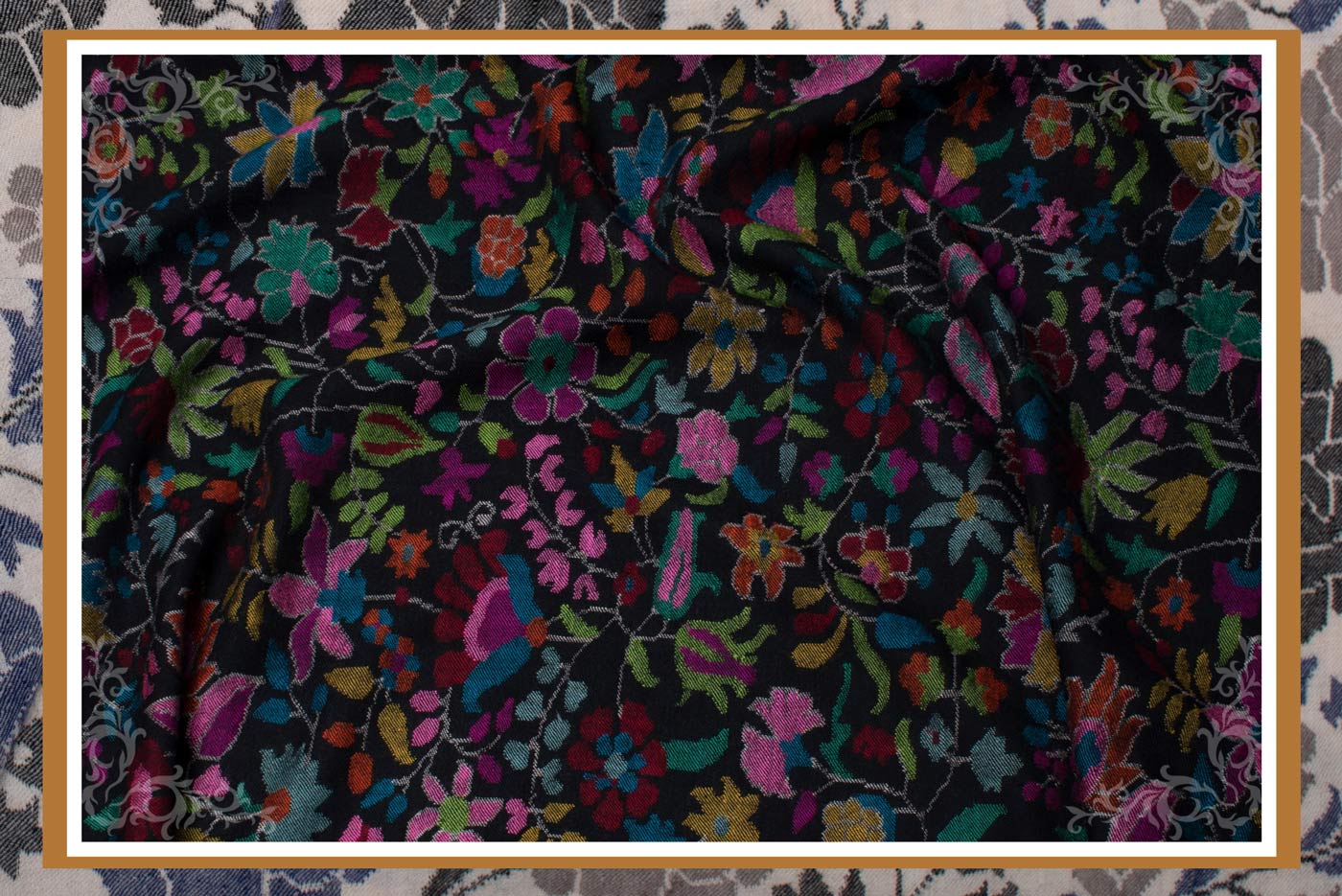

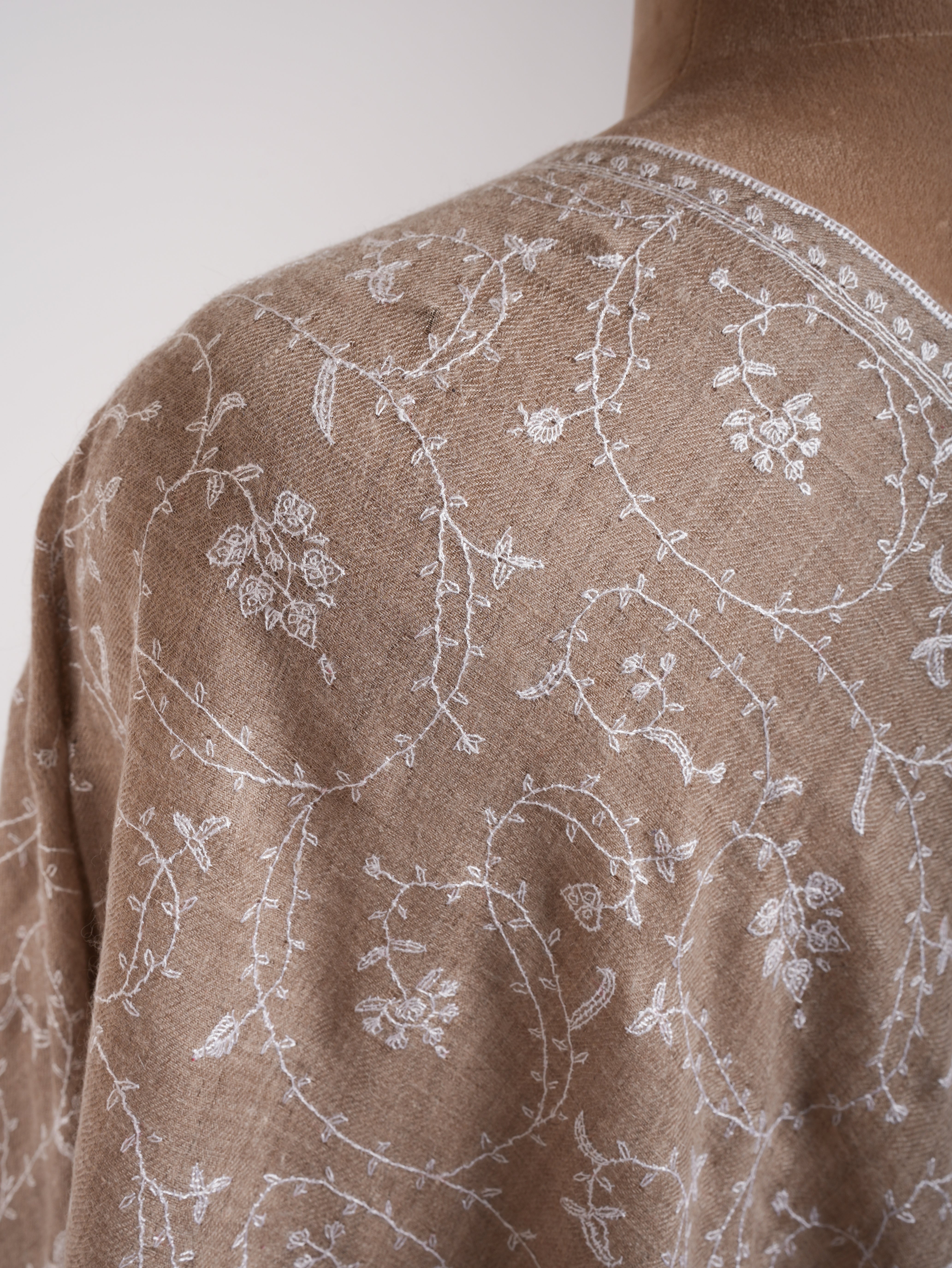

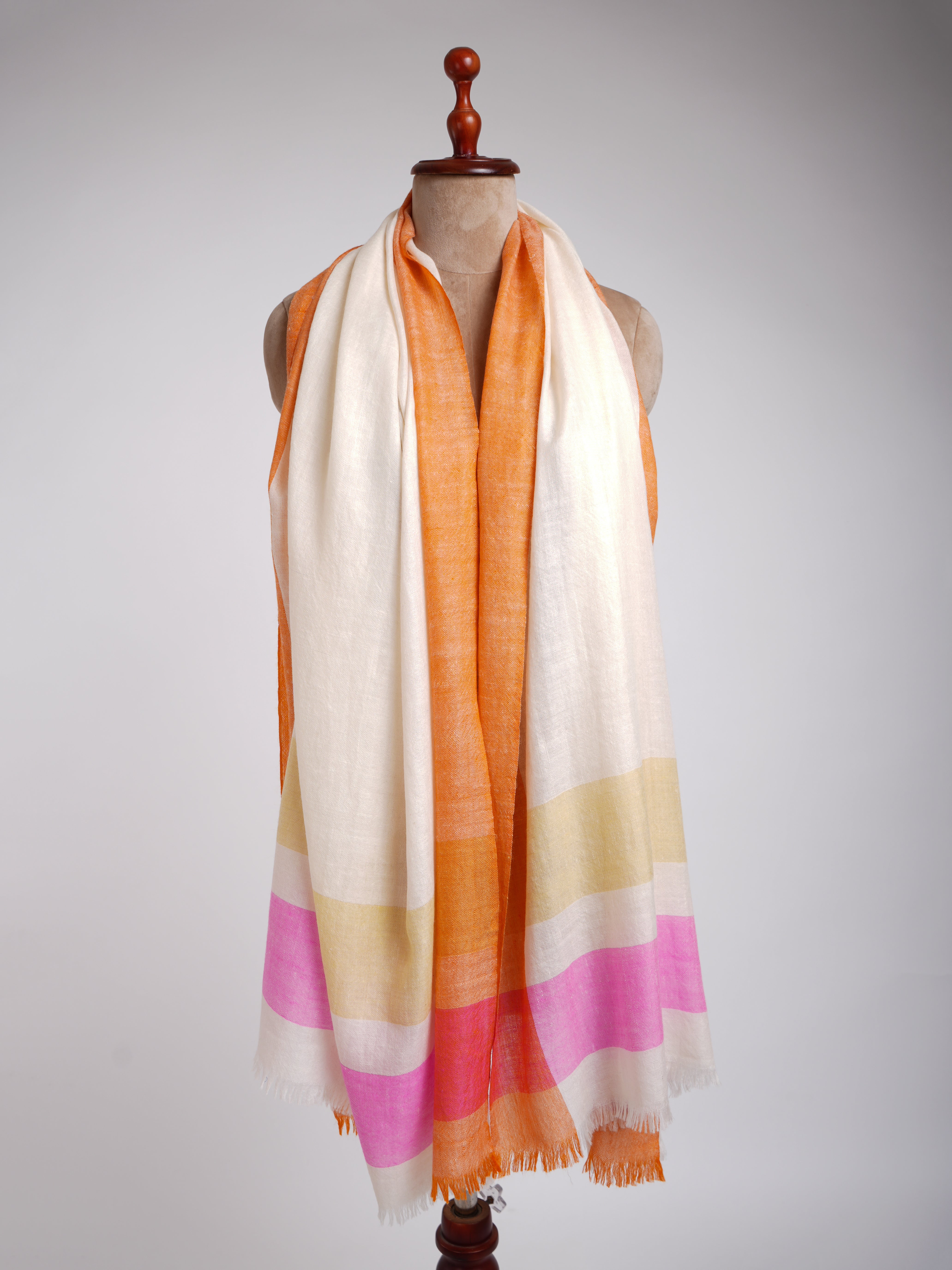
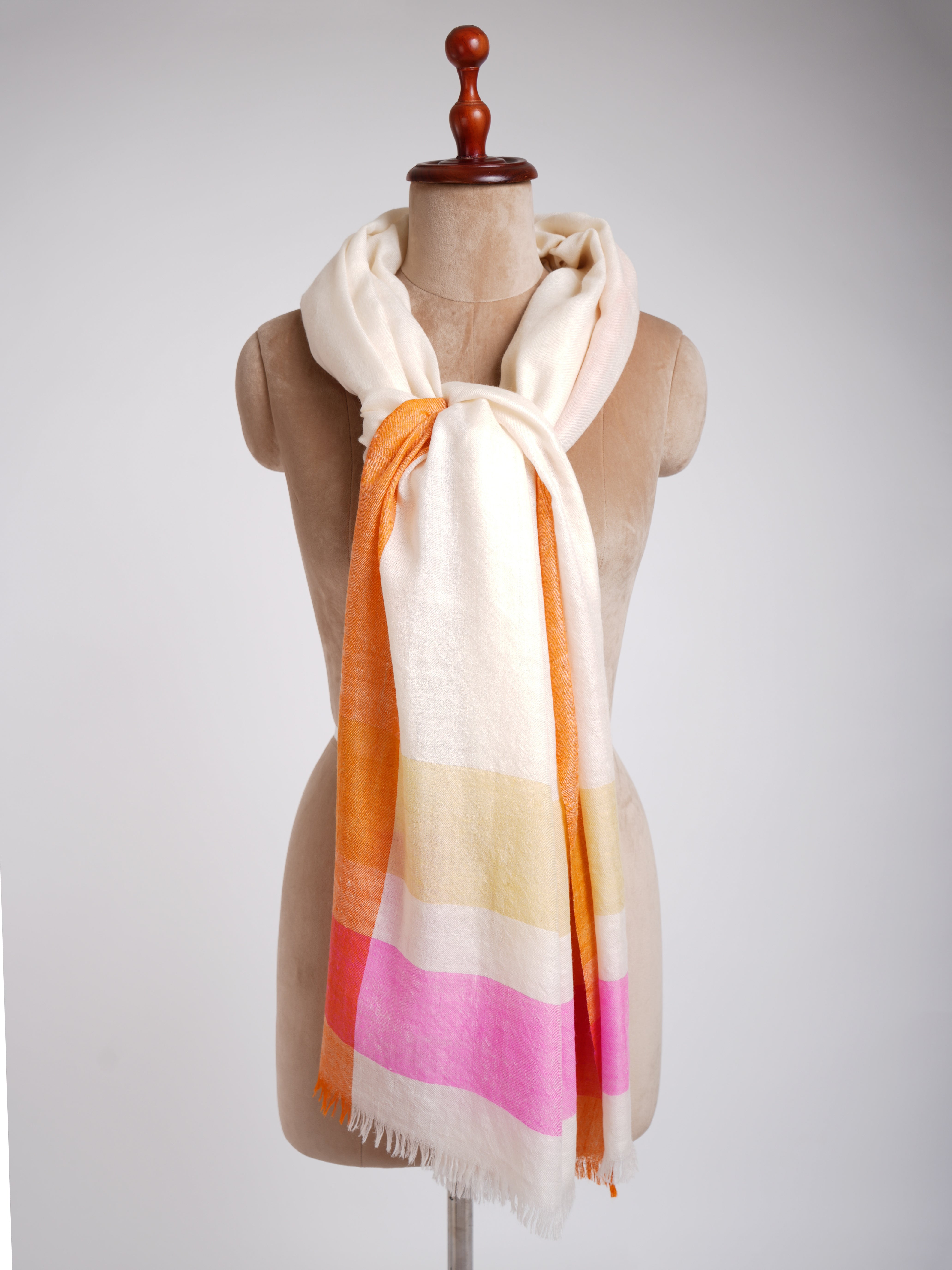
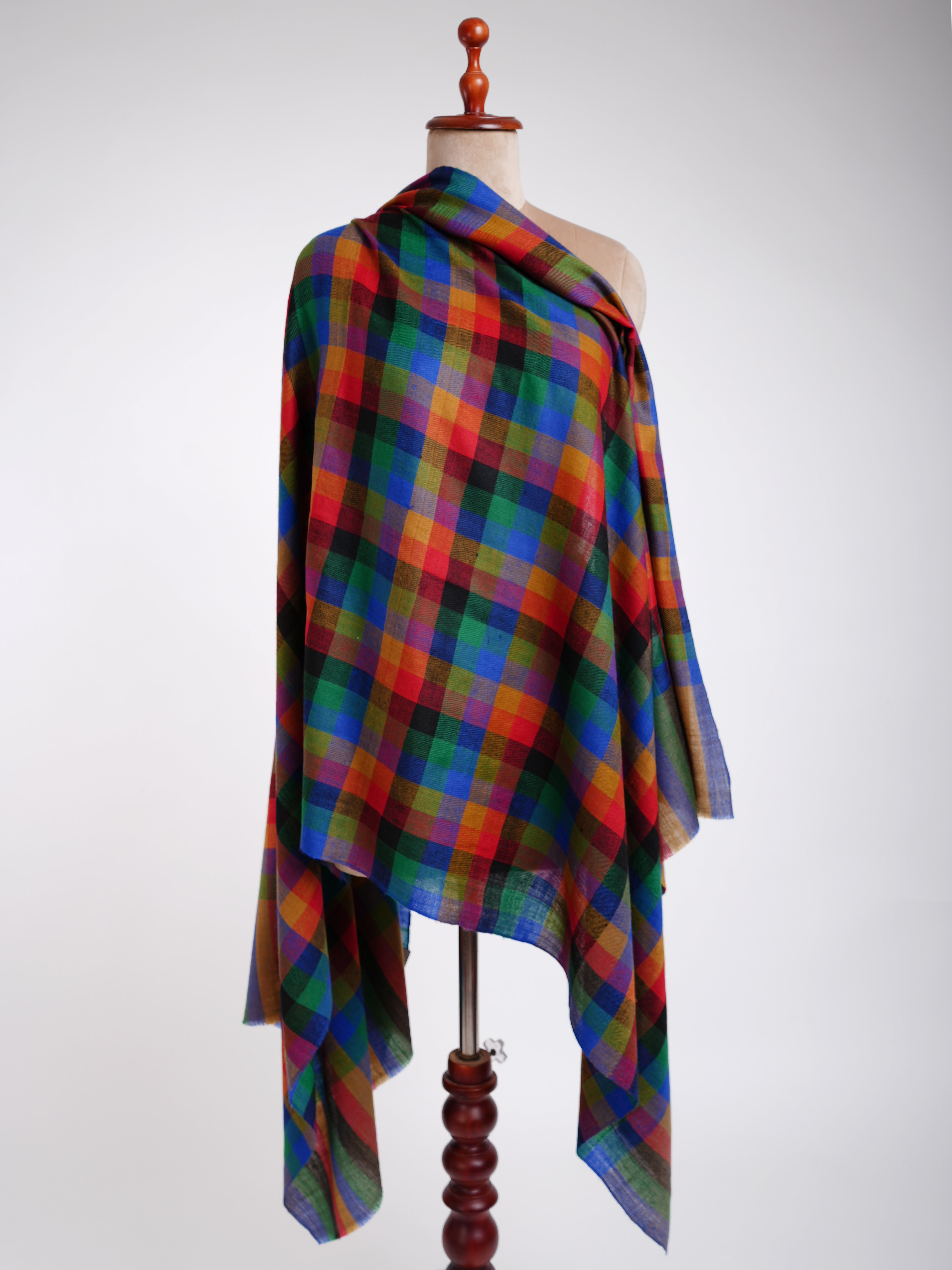
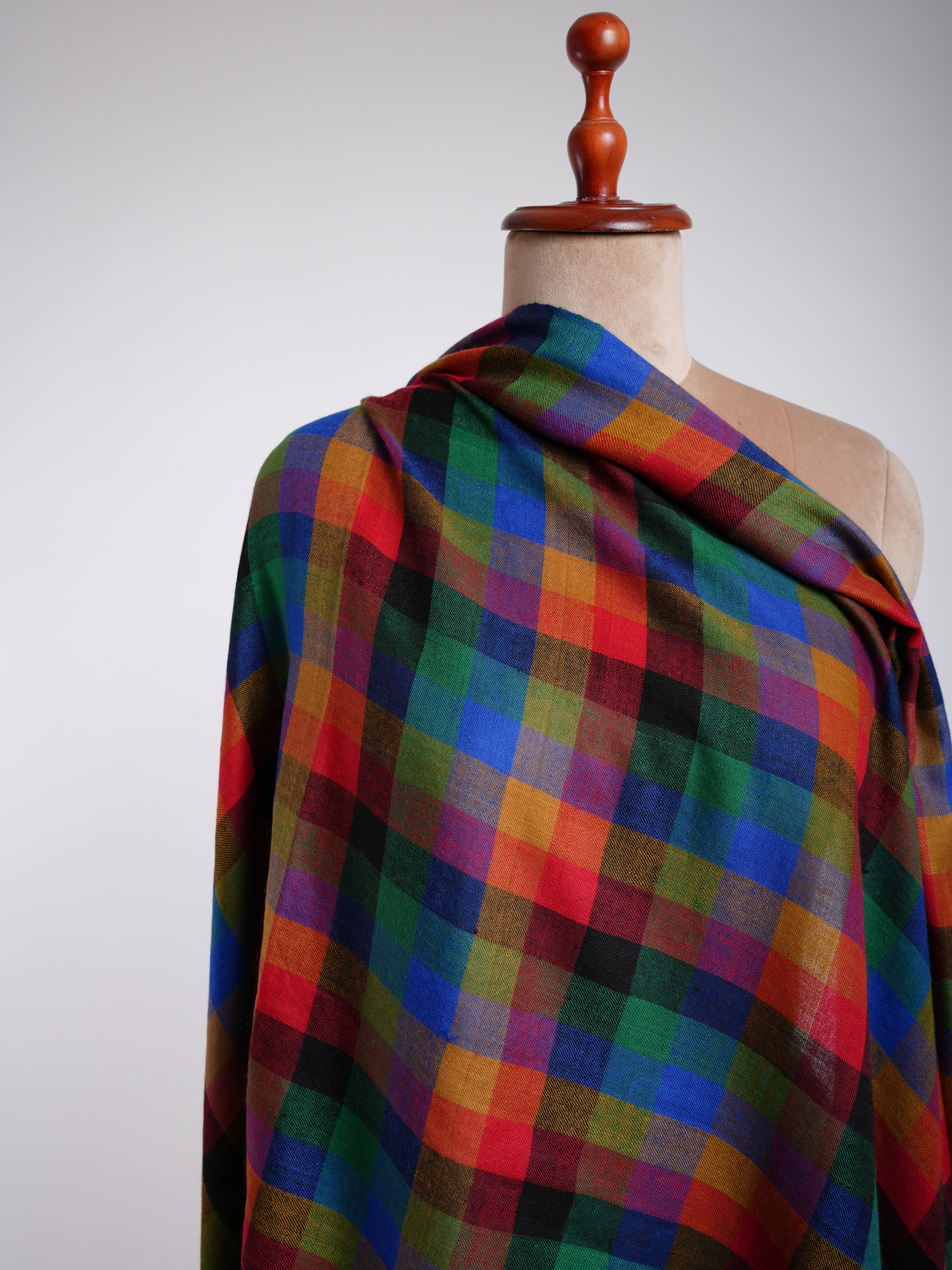



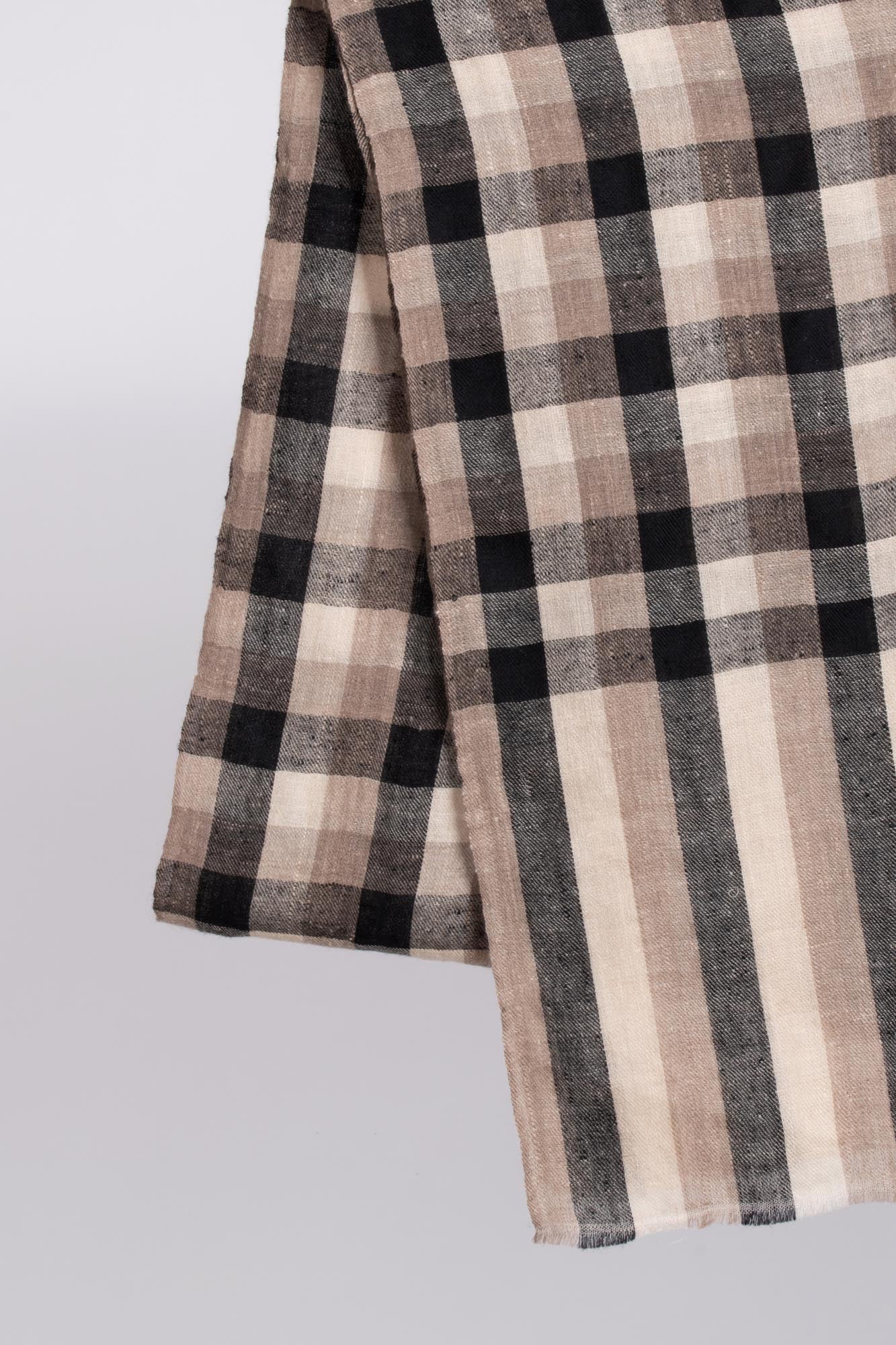
Hinterlassen Sie einen Kommentar
Diese Website ist durch hCaptcha geschützt und es gelten die allgemeinen Geschäftsbedingungen und Datenschutzbestimmungen von hCaptcha.